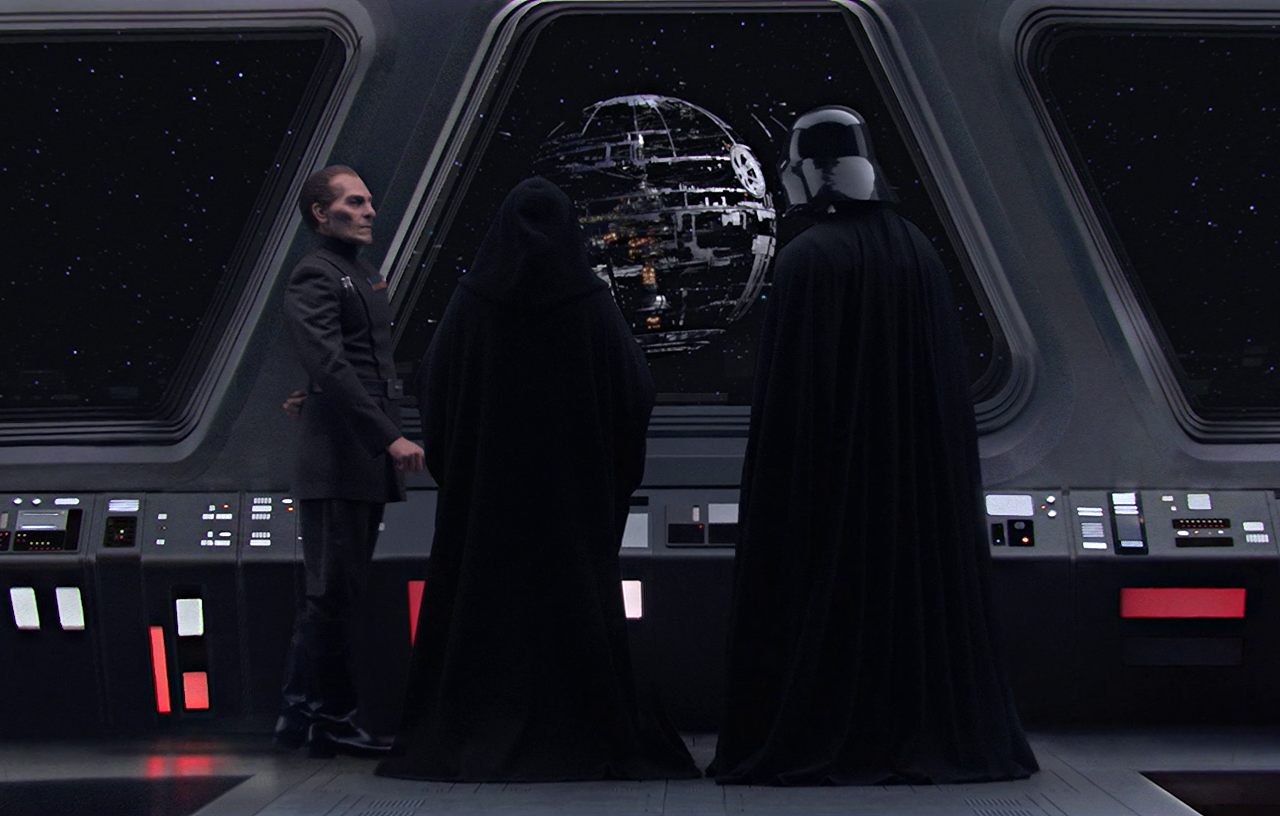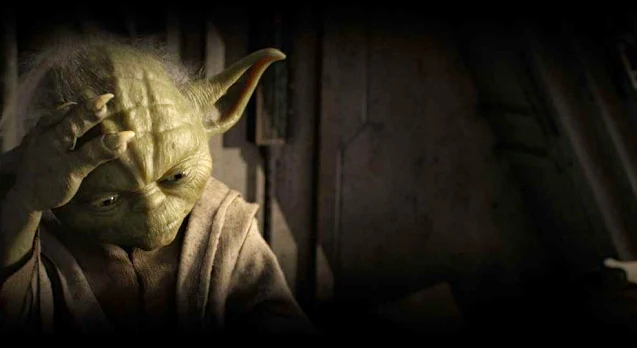The Tragedy in the Margins: 8 Subtle Moments That Define "Revenge of the Sith"
Star Wars is a galaxy built on grand myth and mythic ruin. Lightsabers clash, planets fall, empires rise—but it’s in the silences, the shadows, the barely-there exchanges where the saga does its deepest storytelling. That’s where the emotional power of George Lucas' "Revenge of the Sith" really takes hold.
By the time Episode III unfolds, we already know how the story ends—Anakin becomes Vader, the Jedi fall, the Republic crumbles. And yet, the film doesn’t just check off plot points. It lingers. It weaves tragedy into the margins. It dares you to look closer.
What follows is a close reading of eight subtle, often overlooked moments—each one a fragment of foreshadowing, connective tissue, or emotional subtext that strengthens the tragedy and deepens the lore. These aren’t just trivia. They’re the DNA of Star Wars.
Eight Overlooked Moments That Define the Tragedy
1. Moff Tarkin's Brief but Significant Cameo
In one of the final shots, as Darth Vader and Emperor Palpatine oversee the skeletal frame of the Death Star, a familiar figure stands nearby: Wilhuff Tarkin. His wordless cameo cements the long game Palpatine has been playing: not just to dominate through the Force, but to institutionalize terror through bureaucracy and scale. Tarkin is there from the start because he’s always been part of the Sith vision. His weapon isn’t a lightsaber; it’s doctrine.

Lore Connection: Actor Wayne Pygram was cast specifically for his strong resemblance to Peter Cushing, who played Tarkin in A New Hope. This cameo was a deliberate and crucial effort to visually and thematically bridge the prequel trilogy with the original film.
2. The Mysterious Tale of Darth Plagueis
In a box at the Galaxies Opera House, Palpatine drops a grenade into Anakin’s psyche: the story of Darth Plagueis the Wise. The tale isn’t just a ghost story; it’s a surgical manipulation. The idea that Plagueis could cheat death is bait for Anakin's fear of losing Padmé. Palpatine never says he was Plagueis’ apprentice, but the theatrical pause before “He taught his apprentice everything he knew…” is a confession in disguise. In that opera box, Lucas delivers a thesis on Sith ideology: the Jedi teach surrender, but the Sith promise control.
Filmmaker's Note: While the Expanded Universe novel "Darth Plagueis" is now "Legends," the core ideas persist. The opera being performed is titled "Squid Lake," an inside joke among the production crew. The scene masterfully uses intimate dialogue to orchestrate the galaxy's downfall.
3. The Poignant Farewell Between Friends
"Goodbye, old friend." Obi-Wan and Anakin’s final exchange before everything unravels is quiet and unassuming, but the emotional weight is immense. George Lucas stages them like opposing philosophies: Obi-Wan bathed in light, Anakin lingering in shadow. For viewers of the Clone Wars series, the moment hits even harder, knowing the bond forged between them in war is about to burn. When Obi-Wan says those four words, they aren’t just a farewell. They’re a eulogy for their friendship and the Republic itself.

4. The Ship That Connects Generations
When Bail Organa meets with Yoda and Obi-Wan, the vessel they stand in is more than set dressing. It’s the Tantive IV. This is the first ship we ever saw in A New Hope—the blockade runner carrying Leia and the Death Star plans. By placing the heroes here, Lucas completes a loop, a visual echo that links Padmé and Leia, the service of R2-D2 and C-3PO across eras, and the very origin of the Rebellion.
Lore Connection: The ship's appearance is a perfect example of Star Wars' "ring theory," where narrative and visual elements rhyme across trilogies. The digital model of the Tantive IV was created to be a precise match to the physical model used in the 1977 film, ensuring perfect continuity.
5. The Deception of Padmé's Funeral
Padmé’s funeral is more than a farewell; it’s a tactical feint. Her body lies in state with her abdomen still swollen, creating a deliberate illusion. To the galaxy, and to the Empire, she died with her child still inside her. This lie saves Luke and Leia, breaking the chain of suspicion and buying the fledgling Rebellion its most precious resource: time. That casket doesn’t hold one life—it holds three. It’s not a funeral; it’s an escape plan.
Filmmaker's Note: In a heartbreaking detail, Padmé is buried clutching the Japor snippet that a young Anakin gave her in The Phantom Menace for "good fortune." It's a final, silent symbol of the love that was twisted to bring about her demise.
6. The Chilling Callback to the Jedi Temple
The slaughter of the Jedi younglings is horrifying, but its full impact comes from a cinematic callback. We saw the same room in Attack of the Clones, where Obi-Wan consulted a group of younglings during a lesson with Yoda. That room was filled with wonder and the future of the Jedi. In Revenge of the Sith, the same chamber becomes a tomb. This symmetry isn’t accidental; it’s surgical storytelling that weaponizes our own memories of the saga against us.
7. Anakin and Padmé's Sunset Solitude
On Coruscant at dusk, Anakin and Padmé are shown in separate windows, connected only by their mutual, unspoken fear. This dialogue-free scene, set to John Williams' haunting "Padmé's Ruminations," is a visual poem of their tragic separation. He is stewing in the Jedi Council chambers; she looks out from her apartment, trying to reach a man already lost. The tragedy isn’t that they’re apart; it’s that they can no longer reach each other even when they’re together.
8. A Cinematic Ode to Akira Kurosawa
Before Star Wars, there was Kurosawa. Lucas famously borrowed from films like The Hidden Fortress and Seven Samurai. When Yoda confronts Sidious, he raises his hand in a calm, deliberate gesture before igniting his lightsaber. This is a direct visual reference to Kurosawa's "Seven Samurai," where the character Kambei Shimada makes the same gesture before striking. It’s a nod to a cinematic master, showing that silence and stillness can roar louder than any battle cry.

Final Thoughts
Revenge of the Sith isn’t just a bridge between trilogies. It’s a narrative lattice—dense with symbolism, foreshadowing, and emotional rupture. George Lucas didn’t just tell us how Anakin fell; he made us feel the gravity pulling him down. These eight moments aren’t easter eggs; they are the keystones of the tragedy. Miss them, and you still get a good movie. See them—and you begin to understand just how much pain, politics, and poetry Lucas packed into 140 minutes.
















